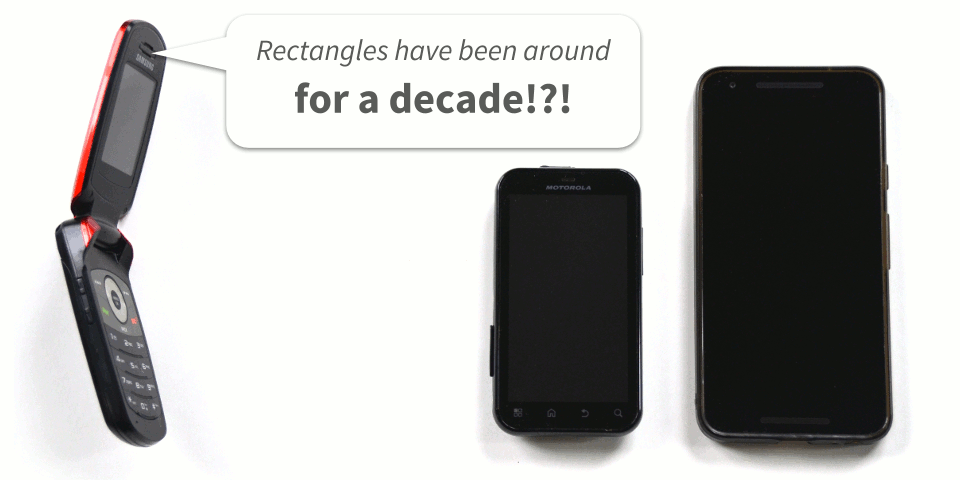This year marks a decade of the smartphone ecosystem as we know it. While the original iPhone debuted in 2007, it was the introduction of the App Store with the iPhone 3G in 2008 that kicked off the era of a rectangle in every pocket.
Coincidentally, this month marks half a decade of Bluetooth Low Energy (BLE) as a meaningful addition to that ecosystem. Back in September of 2013, Apple introduced iBeacon with iOS 7, and we were quick to demonstrate the transformative potential of the technology (read this article and watch the video below) which surely contributed to our capture of the title “World’s Best Startup” two months later.
*Despite being hastily recorded, that video is still, by an order of magnitude, our most viewed!
Take a moment to recall your first smartphone, your first delightful experience, and the truly novel features you gained when upgrading to your second and perhaps even third. It’s not difficult to argue that there was genuine cause for excitement during that early period where smartphones and their apps had sparked symbiotic innovation on an unprecedented scale.
Now take a moment to recall your first smartphone with BLE (ex: iPhone 4S and beyond…). Was your mind not blown? Oh wait, it wasn’t? You mean this didn’t change everything?
Back in 2013, we envisaged a second wave of symbiotic innovation, this one combining mobile apps with BLE’s connectionless discovery features. We saw iBeacon as a lighthouse in your pocket, making a bold prediction of social networking leading to the emergence of the IoT as your Brand Ambassador. That second wave of innovation sure has been long in the tooth! At this month’s Place Conference on location and proximity, mobile BLE was relegated to a cursory mention. Moreover, last week at Bluetooth World, a friend and long-time pioneer of mobile Bluetooth proximity experiences shared with us his concern that recent and upcoming Android updates are actually stifling mobile innovation with BLE, confirming our own observations of late.
You could say that Apple and Google really “blue” this opportunity.
Frankly, it has reached a point where it’s difficult not to argue that our clients in smart workplaces, our current top vertical, wouldn’t be better served distributing inexpensive BLE badges/tags to their associates rather than asking them to install an app that only offers competitive performance when operated in foreground, and requires costly development and maintenance. $500 rectangle meet $5 indeed! Sadly, that is where we collectively find ourselves five years on!
A few months ago we asked what’s Beyond People-as-a-Product. As the smartphone ecosystem joins the decade club, we should definitely ask what’s Beyond-the-Rectangle? Could Google’s aforementioned tinkering be in preparation for something revolutionary they have up their sleeve? Can Apple still surprise us and usher in a new era with an iSomething? Might even a nimble and disruptive outsider dislodge the pair?
An optimist has grounds to argue that the next big thing is coming. A pessimist has grounds to argue that the giants of mobile and social media are digging in their heels to defend their current business models as long as they can. Either way, one thing is for sure:
the rectangle had a good decade run, but it’s unlikely the shape of things to come.

Comments
One response to “The rectangle decade and the shape of the future”
[…] is distinct from carrying a smartphone, the sidekick device of the past decade. The mobile ecosystem never embraced the digital conjoined twin paradigm as, arguably, this would […]
LikeLike